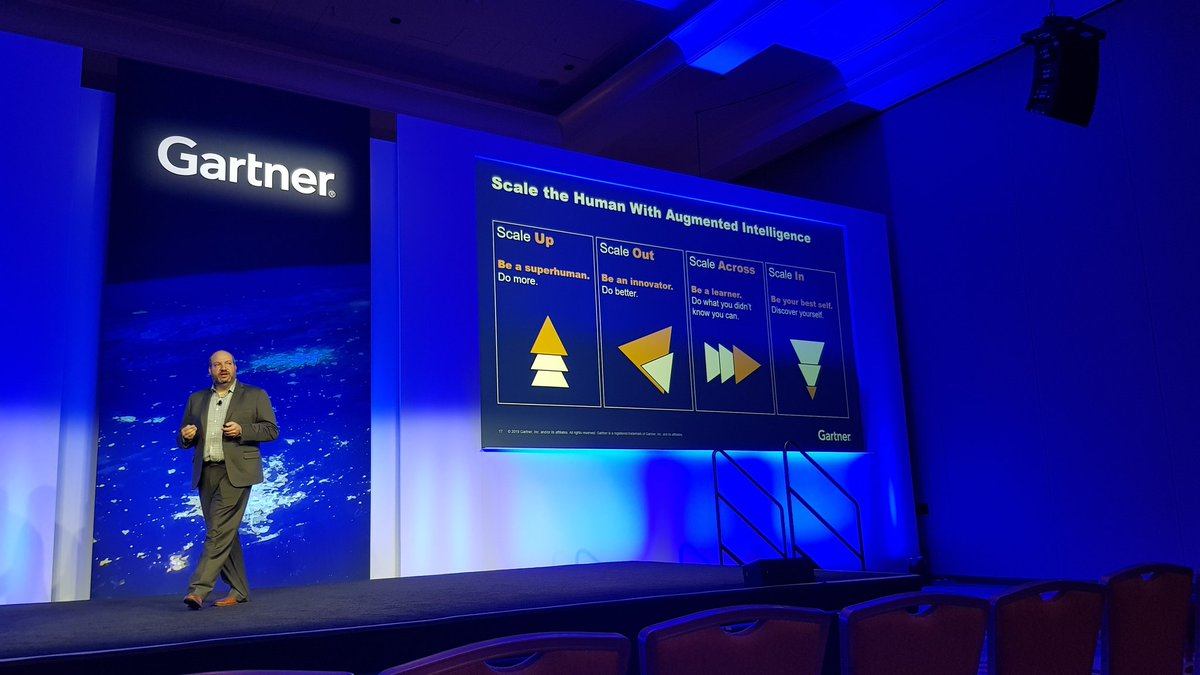Enterprise architecture is becoming more indispensable as firms battle “constant change”, Gartner analysts told hundreds of architects and digital business leaders gathered for the Enterprise Architecture and Technology Innovation Summit in Orlando in May.
Gartner predicts that by 2021, 40% of all organizations will use enterprise architects to plan new business innovations.
Architects will be in demand to advise technology-enabled business, answering to both the CIO and to the wider enterprise.
Mike Harris, executive vice president and global head of research at Gartner has described an enterprise landscape of increasing complexity where leaders rely not just on data but on advanced analytics and artificial intelligence to stay ahead of the curve. Mr Harris explained:
“The transition to digital is undeniable and accelerating, disrupting both government and business models. These new models redefine the way organizations create, deliver, and capture value. They are challenging the way CIOs operate, bringing new mindsets and new practices to IT.”
Enterprise architects would be called on to help both IT and non-IT colleagues select, create and implement the right business-and technology-based platforms, in order to support their business ecosystems and stay ahead of the competition.

Collaborate, consult and coach
Gartner has also emphasized the importance of collaborative enterprise architecture, in bringing together cross-functional teams who base their day-to-day tasks on shared data and strategy.
“The need for collaboration across organizations is increasing, with the business demanding digital transformation and using its IT resources to do so. Because the EA team will remain relatively small, it must add value by orchestrating collaboration between different groups.
“In fact, by 2022, Gartner predicts 80% of digital businesses will take a collaborative approach to EA, involving participants across business and IT, and potentially beyond.”
Traditionally EA focuses on the relationship of people, processes, information and technology to guide decisions about the future-state architecture.
Gartner analysts explained that the role of the CIO is becoming increasingly challenging, given high expectations to initiate and scale digital business.
CIOs will look more than ever to the enterprise architecture team for analysis and strategy. EA’s will become “digital business advisors” who are tasked with delivering technology-enabled business success.
More about collaborative enterprise architecture
Get started with ABACUS today
Schedule a DemoPress Enquiries:
Communications Manager, Avolution: [email protected]
Follow @AvolutionAbacus on Twitter, or LinkedIn
About ABACUS
ABACUS is used by companies worldwide to manage enterprise architecture, IT and business strategy and digital transformation. ABACUS users deliver insights and value quickly:
- Import data in minutes from SharePoint, Excel, Visio and other sources
- Choose an industry standard framework or metamodel or configure an enterprise specific metamodel
- Analyze architectures using metrics and algorithms, create future state architectures and roadmaps
- Report with rich visuals including heat maps, treemaps, timelines, lifecycles, capability spaces, trade-off diagrams, charts and dashboards
ABACUS supports Enterprise Portfolio Management (EPM), Business Process Management (BPM), Customer Experience (CX), Solution Architecture (SA), IT Service Management (ITSM), Business Intelligence (BI), and Governance, Risk & Compliance (GRC). It is available either on premise or as a cloud-based web app.

